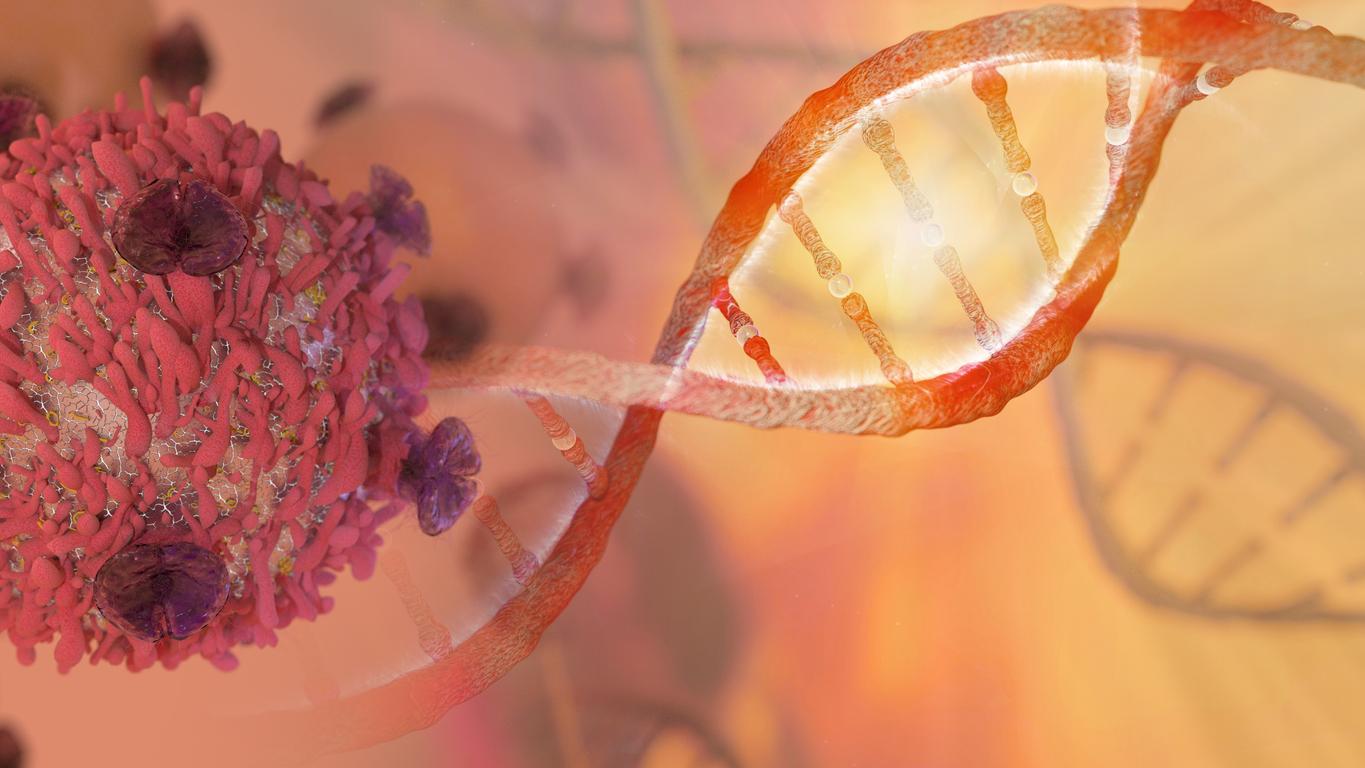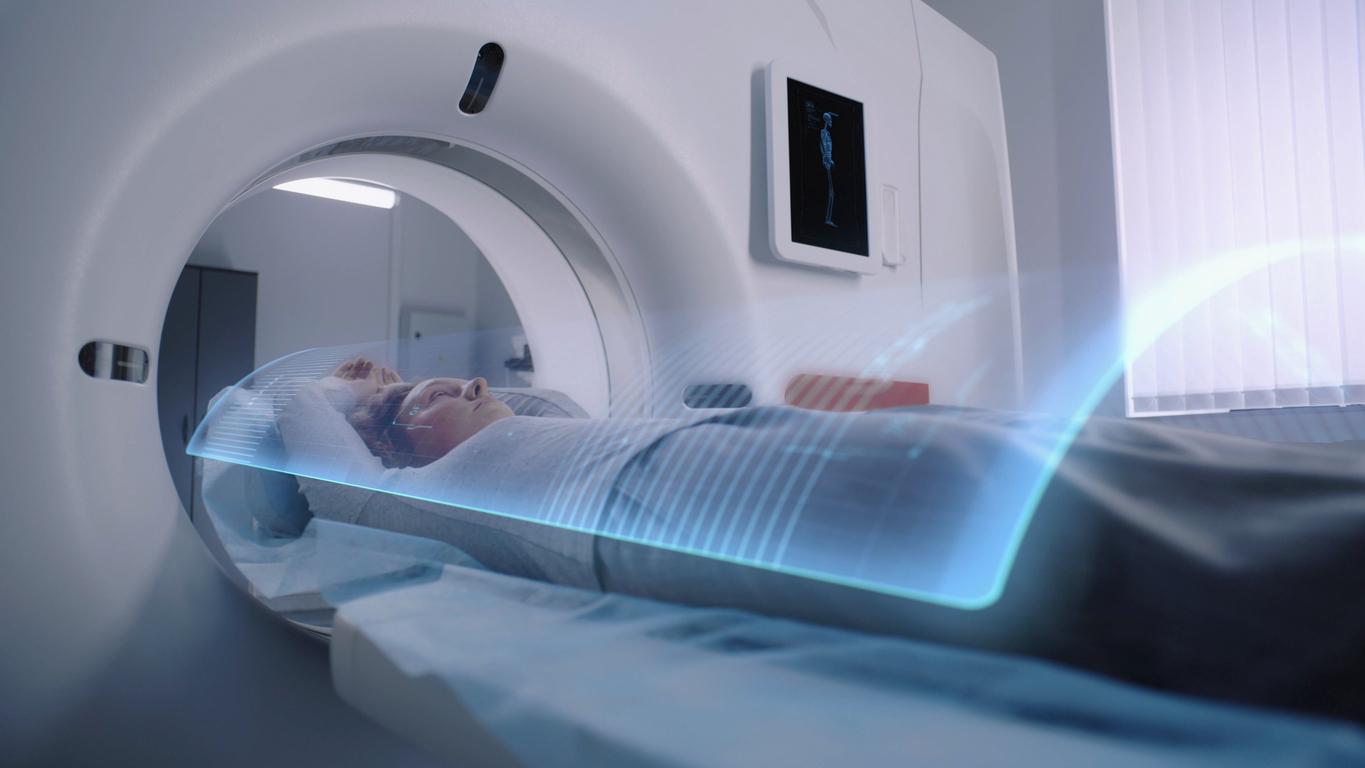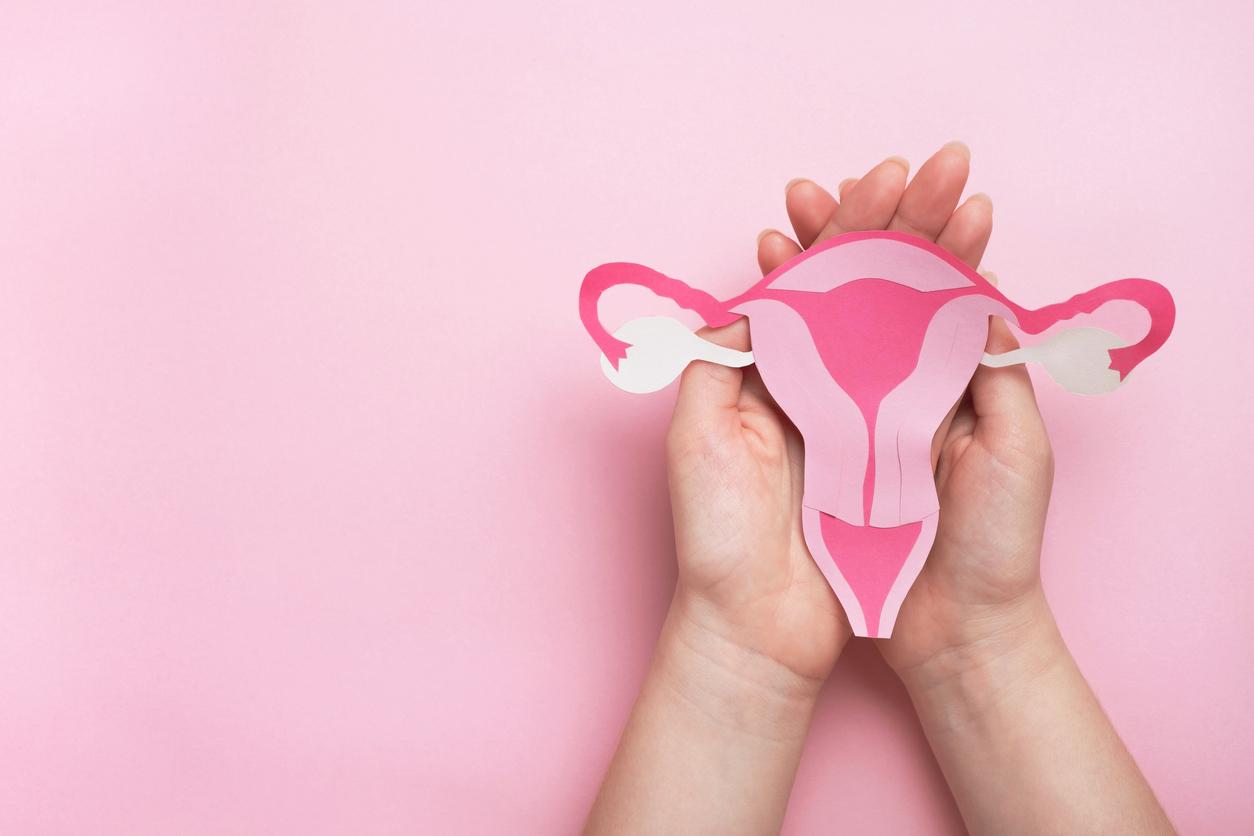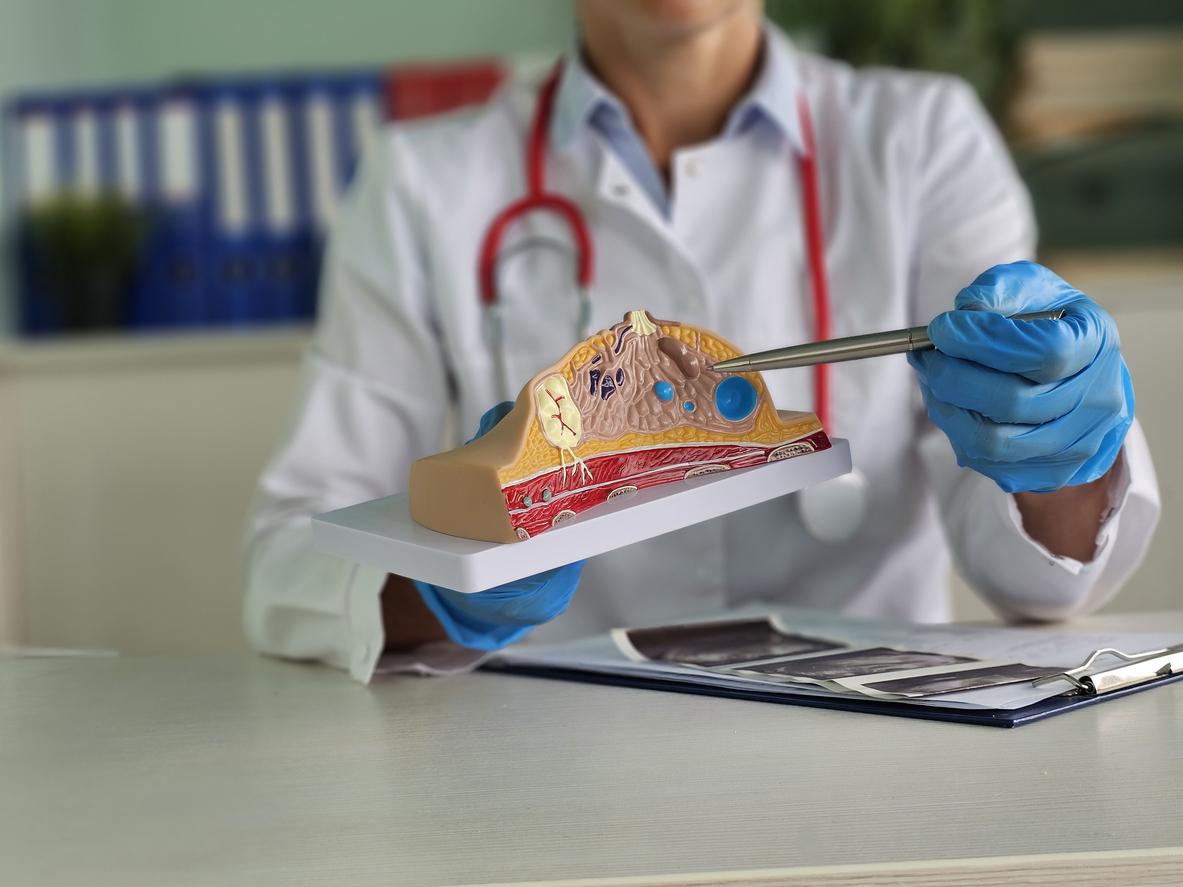Half of breast cancer deaths occur before age 50, according to an American study. Should we open organized screening to this age group?

Extending mammography to women under 50? The question arises again. Breast cancer hits younger women the hardest. Half of breast cancer deaths have occurred in women under the age of 50, according to a study by researchers at Harvard University in Boston. They looked at the fate of 7,300 women diagnosed with invasive cancer between 1990 and 1999 in two Boston hospitals. 1,700 women died, 609 of them from breast cancer. And among these women who died of cancer, 65% had never had a mammogram before the diagnosis. Other information: The median age at diagnosis was 49 for women who died of breast cancer, while for those who died of another cause, the median age at diagnosis was 72.
Mortality could drop below 10%
“The biological nature of breast cancer in younger women is more aggressive, while cancers in older women tend to be less virulent,” said Professor Blake Cady, of Harvard University and co-author of the study. This suggests that less frequent screening in older women but more frequent in this population could be more biologically justified and more cost-effective ”.
Upon the announcement of these results, the chair of the American Society of Radiology Breast Cancer Imaging Committee, Dr. Barbara Monsees said that “women 40-49 should benefit from annual screening. “
The study suggests that breast cancer mortality could drop below 10% over the next ten years with more frequent screening, especially in young women, and possibly below 5%. by 2030.
Overdiagnosis, the main pitfall of organized screening
However, one of the drawbacks of organized screening is overdiagnosis, that is to say the detection of small cancerous tumors, such as “in situ” cancers, which do not always progress to disease. This sometimes leads to unnecessary treatments, some of which have serious consequences (breast removal, radiotherapy, chemotherapy). The number of overdiagnoses is very difficult to assess. The rate would be 5% to 10%, according to the National Cancer Institute (INCa). But according to several studies, it would climb to 40%.
Three weeks before the launch of Pink October, the campaign that encourages women aged 50 to 74 to participate in organized screening, the American study will certainly revive the debates around these questions of benefits / risks.
.

















